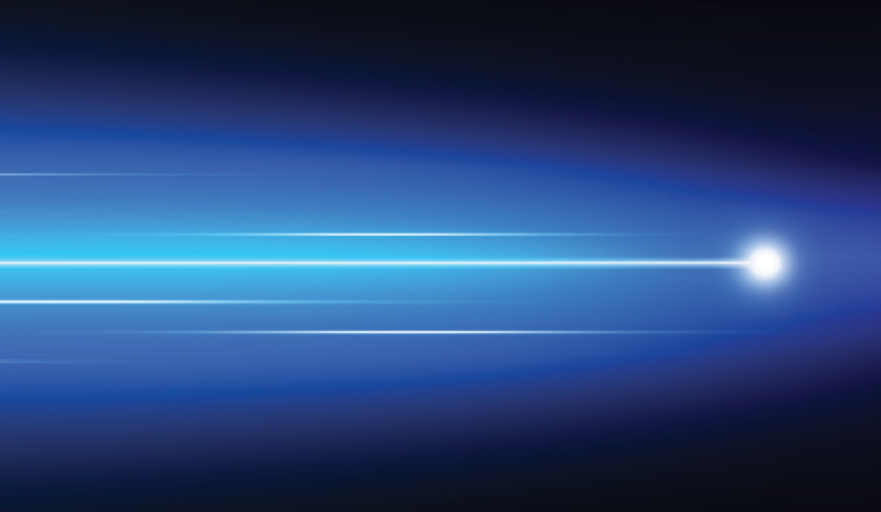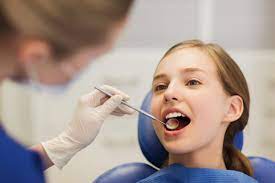Yellowing in UV-Cured Coatings: Causes, Mechanisms, and Solutions
Release time:
2025-05-27
Yellowing is a persistent challenge in UV-cured coatings, where it not only compromises aesthetic appeal but may also indicate deeper chemical degradation. This issue is especially critical for high-performance applications in optical devices, electronics, packaging, and 3D printing, where long-term transparency and color stability are essential.
This article presents a detailed technical analysis of the causes and chemical mechanisms of yellowing, followed by practical and formulation-level solutions specifically tailored to UV-curable systems.
Part 1: Causes and Chemical Mechanisms of Yellowing
Yellowing results from chemical changes in the coating matrix due to environmental stresses like UV light, heat, oxygen, and pollutants. These changes often lead to the formation of chromophoric (color-producing) compounds, primarily in the yellow to brown region of the visible spectrum.
1. Oxidative Degradation (Autoxidation)
Mechanism: In the presence of oxygen, UV or heat generates free radicals in the polymer or resin matrix. These radicals undergo chain reactions that ultimately form conjugated carbonyl compounds—such as aldehydes and ketones—responsible for yellowing.
Key Reactions:
Initiation (by UV or heat):
RH → R• + H•
Propagation:
R• + O2 → ROO•,
ROO• + RH → ROOH + R•
Decomposition of hydroperoxides:
ROOH → RO• + OH•
Formation of chromophores:
RO• → R=O + others(aldehydes, ketones)
These carbonyl compounds often exhibit conjugation, lowering the energy required for electronic transitions and causing absorption in the blue-violet region—leading to yellow appearance.
2. Photochemical Reactions (Photo-Oxidation / UV Degradation)
Mechanism: UV light promotes photooxidation, particularly in aromatic or conjugated systems, leading to the formation of quinonoid or phenoxy radical structures—intensely colored yellow to brown.
Example (from bisphenol-A based epoxy acrylates):
UV induces hydrogen abstraction or bond cleavage:
ArOH → ArO• + H•
Followed by rearrangement to quinone-like structures:
ArO• → p-Benzoquinone(yellow)
3. Amine Oxidation (NOx Reaction)
Mechanism: Aromatic amines (used as accelerators or co-initiators) can react with nitrogen oxides (NO, NO₂) in ambient air to form nitroso and nitro derivatives, both of which are strongly yellow.
Example:
Aromatic amine oxidation:
ArNH2 + NO2 → ArNO2 + H2O
Quinone imines or azo structures can also form under oxidative conditions:
2 ArNH2 + O2 → ArN=Ar + 2 H2O
These oxidation products act as chromophores, imparting yellow and brown discoloration.
4. Thermal Degradation
Mechanism: Heat accelerates decomposition of polymer backbones, initiators, or additives. It can lead to the formation of conjugated olefins or carbonized residues, both of which contribute to yellow or brown coloration.
Pathways:
Backbone scission → formation of unsaturated aldehydes and dienes.
Maillard-like reactions between carbonyls and amines can also occur, generating brown/yellow pigments.
5. Additive Migration or Decomposition
Mechanism: Residual or migrating photoinitiators, antioxidants, or stabilizers may degrade or oxidize after application. Some degradation products—especially from aromatic stabilizers—can absorb visible light.
Part 2: Strategies to Prevent Yellowing in UV-Cured Coatings
To prevent or mitigate yellowing, several formulation and processing strategies can be employed. Below are best practices based on chemical mechanisms and industrial formulations.
1. Select Non-Yellowing Photoinitiators
Certain photoinitiators degrade into colored byproducts. Replacing these with non-aromatic or clean-fragmenting alternatives significantly reduces yellowing.
Recommended Initiators:
PI-TPO (Ethyl(2,4,6-trimethylbenzoyl)phenylphosphinate)
PI-TPO-L (liquid form, low odor)
PI-819 (bisacylphosphine oxide)
These initiators are effective for clear, thick, or pigmented systems and exhibit minimal yellowing over time.
2. Avoid Aromatic Amines
Aromatic amines such as DETA, EDA, or substituted anilines are prone to oxidative yellowing. Prefer aliphatic amines or amine-free photoinitiator systems where possible.
3. Incorporate UV Absorbers and HALS
Post-cure, the coating is still vulnerable to UV-induced degradation. Incorporating light stabilizers extends resistance to photo-yellowing.
Types and Functions:
UV Absorbers: Block incoming UV radiation (e.g., benzotriazoles, triazines).
HALS (Hindered Amine Light Stabilizers): Trap and deactivate free radicals.
Examples:
Tinuvin® 400, Tinuvin® 384-2 (UV absorbers)
Tinuvin® 292, Chimassorb® 944 (HALS)
4. Use Aliphatic Urethane Acrylates and UV-Stable Resins
Switch from aromatic-based urethane acrylates or epoxy acrylates (e.g., those derived from bisphenol A or TDI) to aliphatic or cycloaliphatic alternatives.
Recommended Resins:
Aliphatic polyester acrylates
Aliphatic urethane acrylates (e.g., based on IPDI or HDI)
Cycloaliphatic epoxies
These materials are intrinsically more UV-resistant due to the absence of aromatic chromophore precursors.
5. Optimize Curing Conditions
Incomplete curing leaves behind residual monomers and radicals, which oxidize and contribute to yellowing.
Best Practices:
Ensure full cure with sufficient UV intensity and exposure time.
Use nitrogen-inerted curing chambers to eliminate surface oxygen inhibition.
Match lamp spectrum to initiator absorbance (e.g., 365–405 nm for TPO).
6. Add Optical Brighteners (Optional)
While not addressing the root cause, optical brighteners can counteract slight yellowing by emitting blue fluorescence.
Common OBAs:
Stilbene derivatives
Benzoxazole compounds
Use with caution to avoid fluorescence mismatches in functional coatings.
Summary Table: Yellowing in UV-Cured Coatings
Cause | Mechanism | Chemical Species | Solution |
Oxidation (Autoxidation) | Radical chain reaction with oxygen | ROO•, ROOH, aldehydes, ketones | Use antioxidants; fully cure the film |
UV Degradation | Photo-induced bond cleavage and chromophore formation | Quinones, phenoxy radicals | Use UV stabilizers; UV absorbers; non-yellowing resins |
Amine Oxidation | Reaction of amines with NOx or O₂ | Nitroso, nitro derivatives | Replace aromatic amines with aliphatic or avoid amines |
Thermal Degradation | Heat-induced breakdown of backbone or additives | Conjugated olefins, carbonyls | Use thermally stable resins and stabilizers |
Additive Migration | Decomposition or migration of initiators or stabilizers | Aromatic fragments, oxidized byproducts | Use low-migration additives; encapsulate reactive groups |
Incomplete Curing | Residual radicals or monomers degrade | Peroxides, double bonds | Ensure full UV cure; inert atmosphere curing |
Final Remarks
Preventing yellowing in UV-cured coatings is a formulation-driven challenge that requires a detailed understanding of photochemical, oxidative, and thermal degradation mechanisms. By carefully selecting the right initiators, stabilizers, and resins, and optimizing curing conditions, formulators can design non-yellowing UV coatings that retain clarity, transparency, and long-term performance.
This technical insight provides a roadmap for improving product durability, especially in high-specification sectors such as automotive, electronics, medical devices, and optical coatings.
yellowing
Next Page
Latest News
Get a Free Consultancy
NANTONG EASTO MATERIALS TECHNOLOGY CO.,LTD.

No.118,Zhujiang Rd.,Juegang St.,Rudong County,
Nantong City,Jiangsu Province,226400,China




 2025-10-23
2025-10-23







